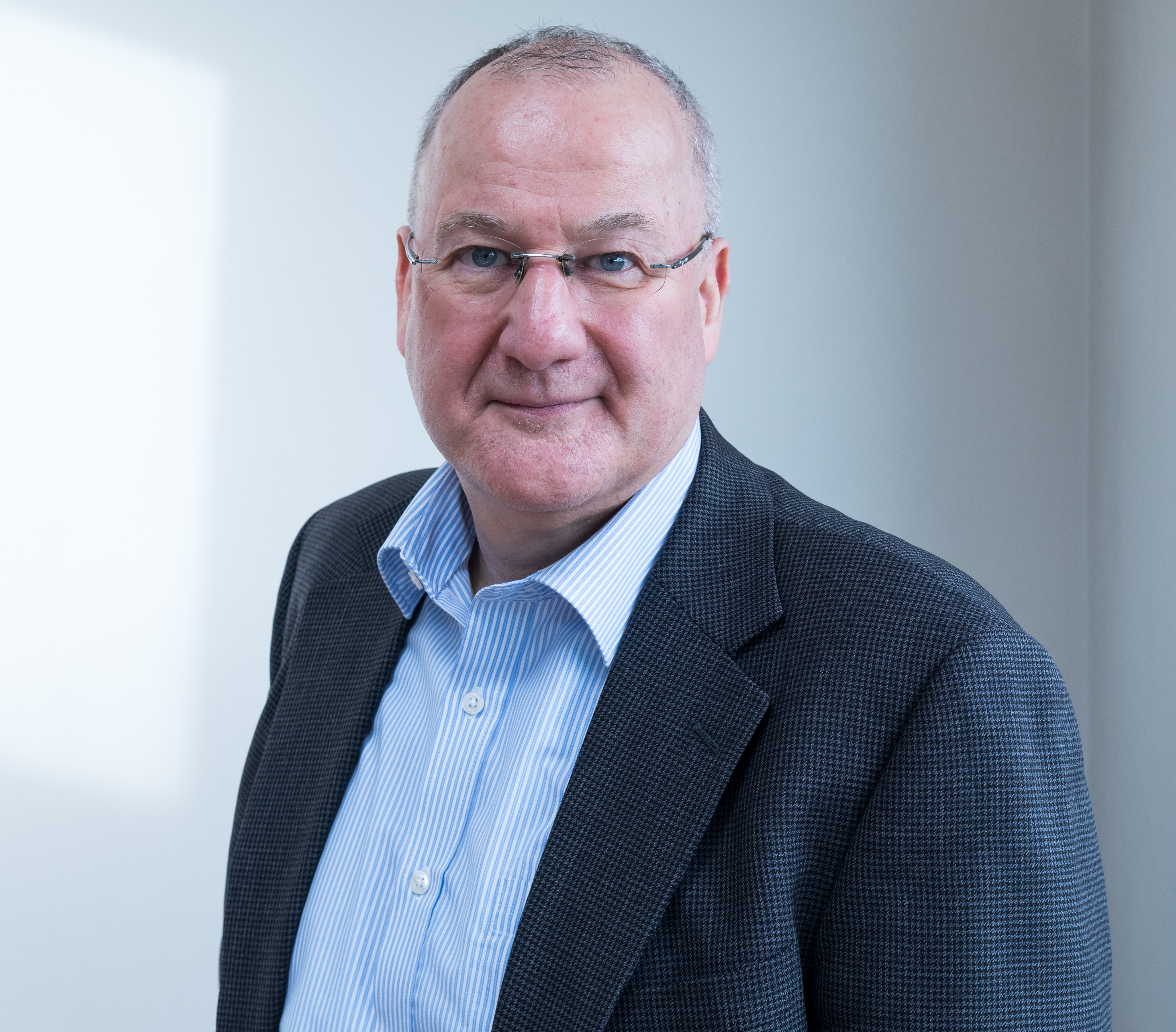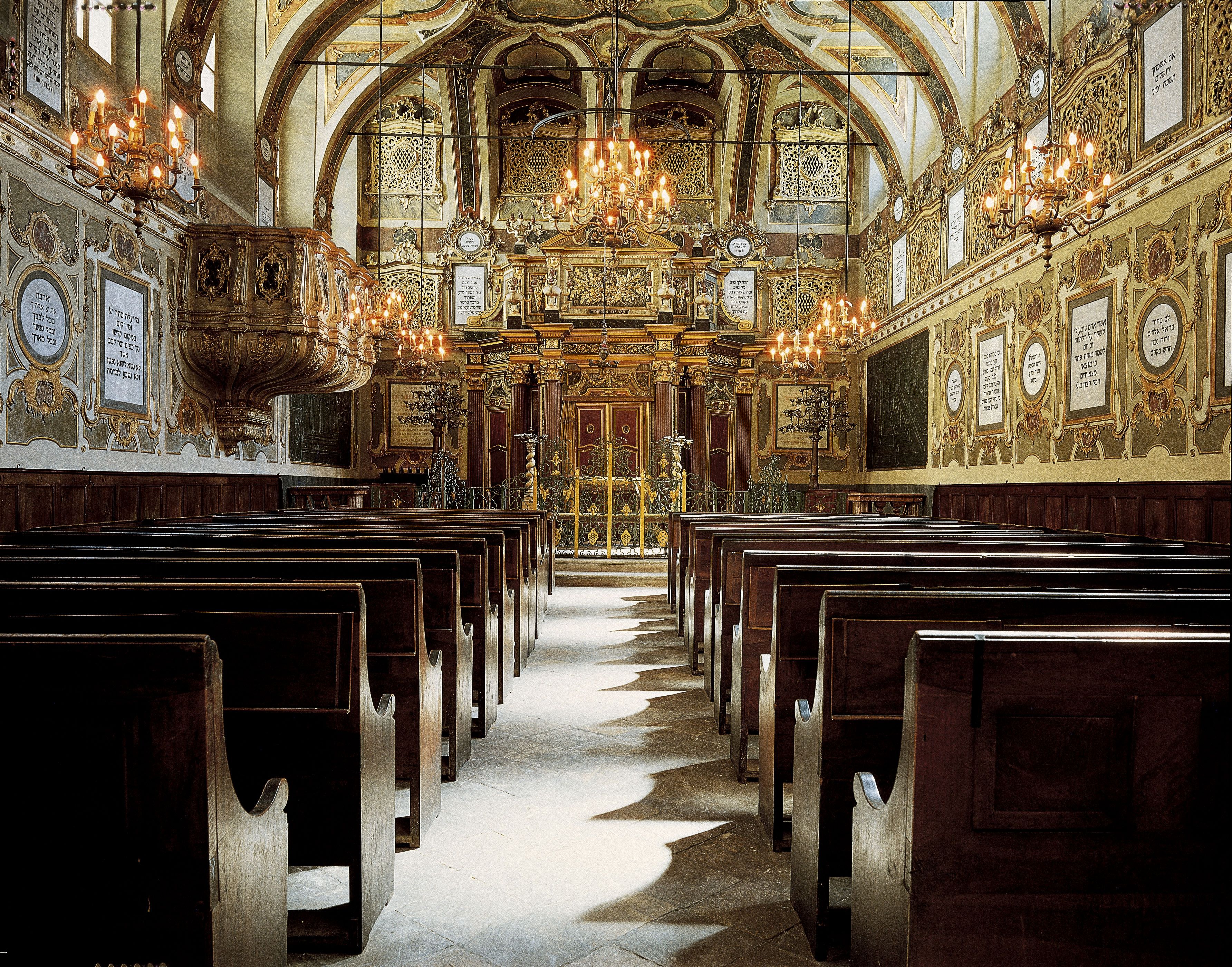
Background
- Can you tell us a bit about your background?
I grew up in Glasgow Scotland where I studied Law at Strathclyde University. This was followed by post-graduate studies at the Hebrew University of Jerusalem and Brandeis University in Boston. I subsequently have had a career working in the charity sector in London where I live with my family – who all speak with the wrong accent! I am also a published author of fiction.
- How did you become interested in religious heritage?
I have always had a passion for history going back to my school days. As has been noted by others, I am fascinated by how we are able to visit great places of history and, while we can’t be present at the same time as those events, we can be in the same space. My introduction to heritage preservation work came through involvement with ICOMOS. I am currently a Trustee of ICOMOS-UK and chair its Development Committee. Through that involvement, I came to understand that there was no organisation working internationally and exclusively on the preservation of Jewish heritage, which I found odd given the contribution of the Jewish people to European civilisation over millennia, and the special challenges that Jewish heritage has faced as a result of the events of the 20th century.
- How did you get started with FRH?

I attended my first FRH Conference in Halle in Germany in 2014. I slowly started to get more involved joining the Conference organising committee for the Vicenza conference in 2016 and then becoming a member of the Governance committee.
Interests and Focus
- Can you tell us a bit about what you currently do outside of FRH?
I am Founder and Chief Executive of the Foundation for Jewish Heritage https://www.foundationforjewishheritage.com/ which works internationally on the preservation of Jewish heritage.
- What are your activities/work/research focused on concerning religious heritage?

In the context of Europe, the Foundation undertook unprecedented research to map all the historic synagogues of Europe, identifying 3,347 sites, which are available on a dedicated website – https://historicsynagogueseurope.org/synagogue-home – and can also now be visited via FRH’s own Religiana programme. An important aspect of this research was rating each synagogue according to both significance and current condition, which enabled the Foundation to identify and concentrate its efforts on a priority list of sites.
The Foundation is also involved in 2 EU projects; one developing a network of towns that have significant Jewish heritage to discuss models, best practice, issues and challenges, and the second mapping Jewish cemeteries in Eastern Europe.
We are also involved with the Council of Europe, which recently conducted a survey into the state of Jewish heritage today with our assistance, and we are now discussing possible follow up activities.
Protection of Religious Heritage

- What do you think is the biggest threat to religious heritage and what do you think is the best way to combat it?
The biggest threat is indifference; that these remarkable centuries-old buildings, iconic landmarks in every village, town and city are now being viewed as redundant and a burden to society rather than an opportunity. We need to campaign to ensure that religious heritage is recognised as an important part of every society, telling its own unique story that has been an integral and profound part of the European story. We need to present successful examples of how religious sites, even without active communities, can still continue to play meaningful roles, and roles that can address important societal issues of today.





Follow us: